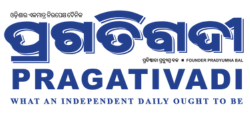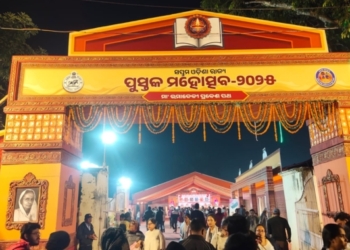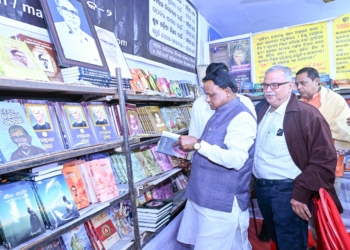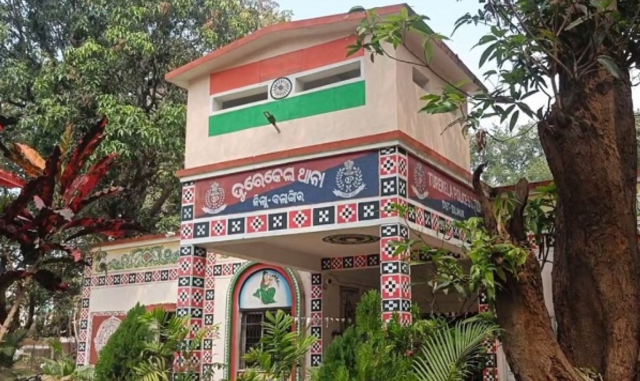The 11th edition of the Puri Heritage Walk (PHW) took participants on an immersive journey through the sacred chariot-making traditions at Rathakhala on Sunday.
Twenty heritage researchers from across Odisha gathered for the event, exploring the intricate craftsmanship behind the construction of Lord Jagannath’s majestic chariots.
The walk commenced at Marichi Thakurani, a significant Shakti shrine near Marichikota, and concluded at Satyanarayan Temple and Ramji Matha. Senior craftsmen engaged with the participants, offering insights into the detailed construction process of the chariots used for Rath Yatra. Essential components such as Konagujha, Patagujha, Natagoda, and Prabhapata were discussed in depth.
Rupakara Sevaka Rajendra Kumar Mahapatra shared his expertise on the sculptural work he undertakes for Lord Jagannath’s chariot, explaining its evolution over time. Chief carpenter Balakrushna Mahapatra provided a step-by-step overview of the assembly process, highlighting how key sections like the axle, danda, and garagara are meticulously structured before moving on to more complex features, including chaudanahaka (14 vertical beams) and the tiniparasta potala (three-tiered canopy).
As part of the exploration, the participants visited the temple of Goddess Charchika, analysed the elaborate carvings in the Hanuman Temple inside Bada Akheda Matha, and decoded inscriptions on an ancient war-elephant sculpture near Pabachhasreni. The group also observed blacksmiths (lauhakara) at work in Dolavedi, where, under the supervision of Ojha Maharanas, iron nails essential for chariot construction were forged.
Ojha Sevaka Dasarathi Maharana voiced concerns about the often-overlooked contributions of blacksmiths despite their crucial role. He detailed the specifications of the iron nails, bolts (bala), and pandari—some ranging from just 4 inches to an impressive 4.5 feet in length—requiring nearly five quintals of iron for production.
The event concluded with a visit to Satyanarayan Temple and Ramji Matha, where participants paid homage to Lord Hanuman. Debi Prasanna Nanda led the walk, with convener Sanjay Baral emphasising ways to engage the younger generation in heritage preservation. Dr Kumar Aurojyoti extended a vote of thanks, acknowledging contributions from noted heritage enthusiasts, including Siddhartha Mohapatra, Subrata Kumar Bal, Jyotsna Mohapatra, Suprabha Sahu, Prasanta Mishra, Priyankar Maharana, and Biswamohan.





























